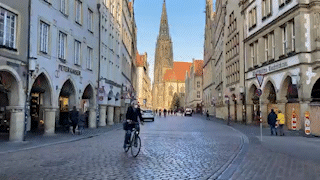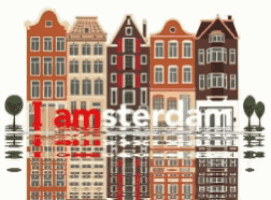The Peace of Münster was a treaty between the Dutch Republic and Spain signed in 1648. It was a landmark treaty for the Dutch republic and one of the key events in Dutch history; with it, the United Netherlands finally became independent from the Spanish Crown. The Dutch Revolt, or Eighty Years' War (1566–1648), was the revolt of the Seven United Provinces of the Netherlands against the Spanish Empire.
Despite not formally being recognised as an independent state, the Dutch republic was allowed to participate in the peace talks; even Spain did not oppose this. In January 1646, eight Dutch representatives (two from Holland and one from each of the other six provinces) arrived in Münster to start the negotiations. On 15 May the same year peace was made. With the peace, the Netherlands was recognized as an independent country.














